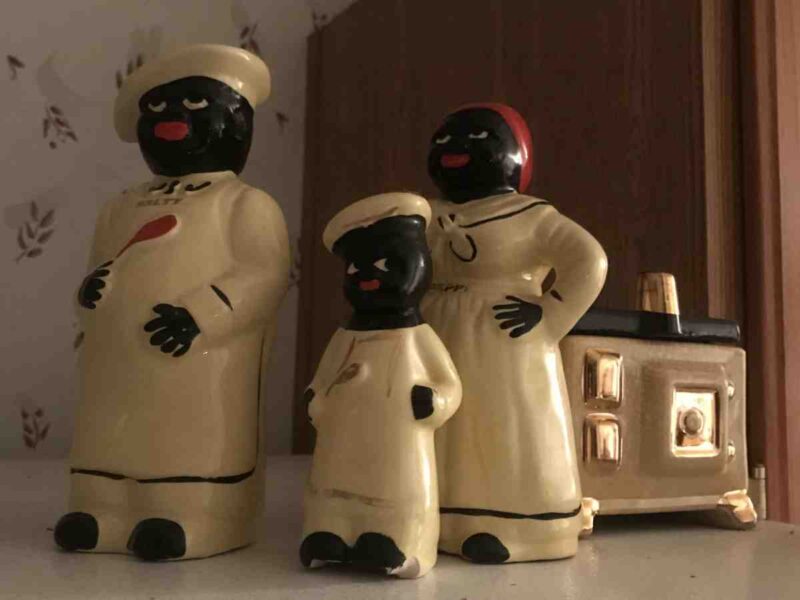How African-Americans Created Slavery
Someone mentioned this in the comments, so it is worth demonstrating here how a Black lawsuit changed indentured servitude into chattel slavery:
Casor was originally an indentured servant, which meant he was practically a slave in some senses. But what was bought or sold wasn’t him, it was his contract of indenture, which obligated him to work for its holder for the period it set. At the end of that time, indentured servants—who could be of any race—were considered legally free and sent out into the world.
Africans who were indentured were often captured and brought over against their will. That’s what happened to the holder of Casor’s indenture, Anthony Johnson. Johnson served out his contract and went on to run his own tobacco farm and hold his own indentured servants, among them Casor. At this time, the colony of Virginia had very few black people in it: Johnson was one of the original 20.
After a disagreement about whether or not Casor’s contract was lapsed, a court ruled in favor of Johnson and Casor saw the status of his indenture turn into slavery, where he—not his contract—was considered property. Casor claimed that he had served his indenture of “seaven or Eight years” and seven more years on top of that. The court sided with Johnson, who claimed that Casor was his slave for life.
Chattel slavery as a concept replaced the notion of feudalism, in which the serfs were bound by duty to a manorial house and therefore could neither escape that contract nor have it be transfered. The latter meant that they were bound to a social role and not chattels.
In the New World, where there were no aristocratic families, this degenerated into mere contract law, which was expressed through “indentures” or contracts for temporary serf status. When that in turn failed, chattel slavery was the result, and it came into being through the hands of ex-slaves.
Tags: diversity, feudalism, indentured servitude, slavery










